There are a lot of headphones and earbuds out there. Believe me: I’ve bought a fair number of them over the years and tested even more of them. And yet, even with so much choice available, I’ve often found that most options tend to excel in one or two specific areas – trying to find one pair of headphones that unimpeachably bests its rivals in every area is almost impossible.
Having spent so long looking for ‘the one’, I’m starting to realise there’s no such thing when it comes to headphones and earbuds. Most of the options I’ve encountered come with their own strengths but also their own baggage. And that’s driven home the idea that rather than relying on one pair for all of my needs, I’m better off building a support network of handy devices that are well-equipped to guide me through specific situations.
Look, I’m not completely out of touch – I’m aware this isn’t a practical solution for most people. Few of us are exactly drowning in money at the moment and not everybody has access to an audio testing lab crammed with headphones waiting to be tried out.
But my broader point still stands: even if you can’t afford the best headphones or best earbuds for every conceivable purpose, you may be better off picking up several different pairs that handle each of your biggest priorities perfectly than settle for an all-rounder that can’t quite cover any of them as well as their rivals.
By focusing on what each pair of headphones or earbuds can actually do, rather than trying to decide which one serves me best, I’ve been able to make sure I always have the right tool for the job. So here’s a rundown of the headphones on which I already rely for a wide range of tasks, along with the ones I still have my eye on to help complete my audio utility belt.
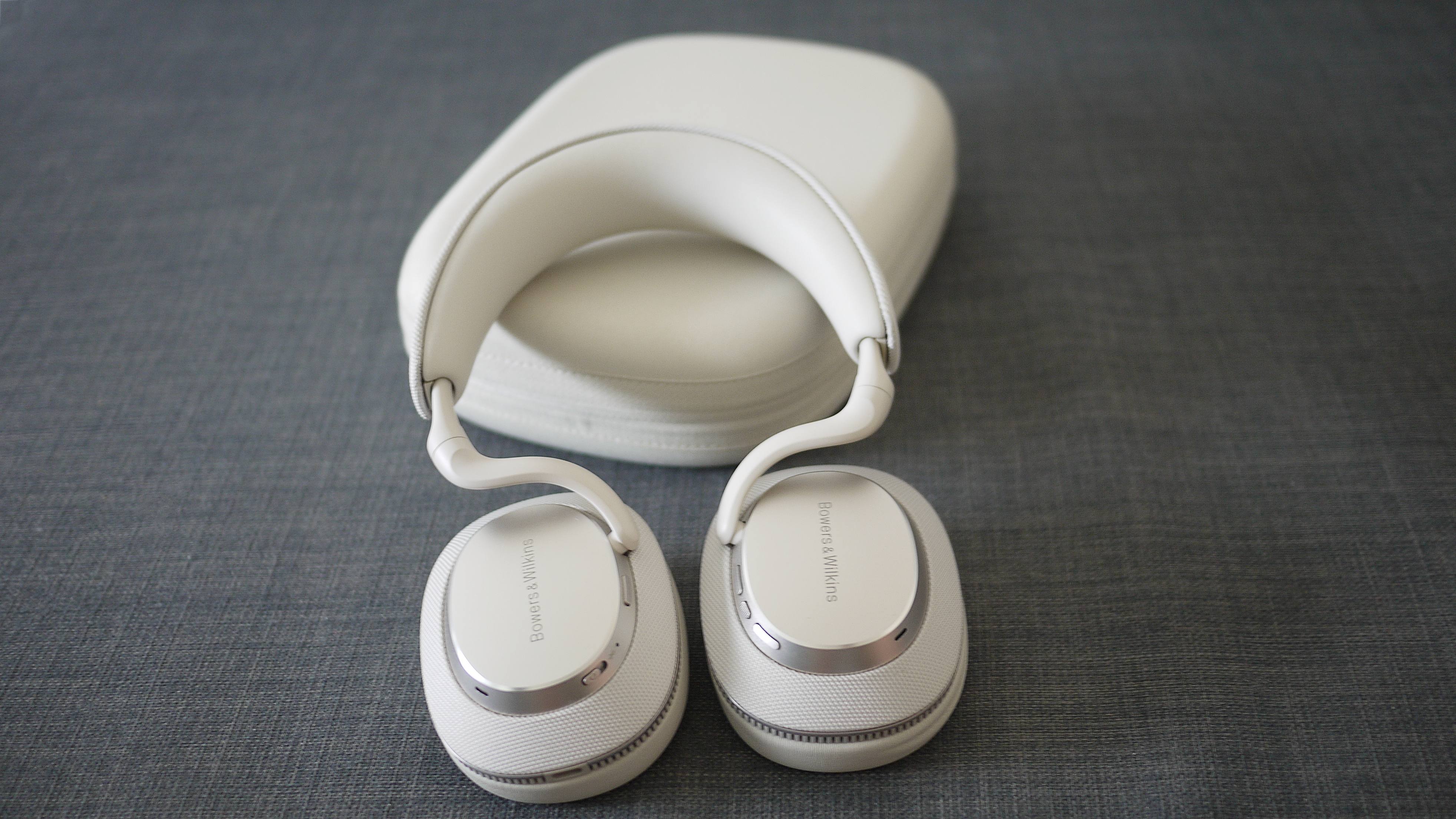
1. Audio quality – Bowers & Wilkins Px7 S3
If you’re only going to buy one pair of headphones, you’’ll likely have one factor that tops your list of priorities more than any other. For me, that prime concern is always going to be sound quality.
In the days of ferric tape – yes, alright, I’m old – or 128kbps MP3s, there was a limit to how good your music would sound even with high-end headphones, but with lossless and high-res audio having become far more mainstream, I want a pair that are going to offer the most loyal reproduction of my tunes as possible. That quality is increasingly something I’m happy to make a decent investment in.
For several years, I was unwaveringly loyal to my AirPods Max for this reason. While they’re a little long in the tooth now, having not had an update for an absurd five years, it’s hard to overstate how impressive they felt the first time I clamped them over my ears. With warm, punchy bass that still doesn’t overshadow the mids, they were a revelation; I hadn’t realised before how exquisitely balanced some high-end headphones could be.
Unfortunately, a faulty Bluetooth module and Apple’s stubborn refusal to release a version compatible with lossless audio has meant we’ve since parted ways. It’s taken me a while to open my heart again but I’m glad I did; I recently tried out the Bowers & Wilkins Px7 S3 and they’ve quickly become my go-to. They may not offer the swelling, mellifluous bass of the AirPods Max but their soundstage is exquisite; not only proving them capable of spacious sound, but also meticulous separation.
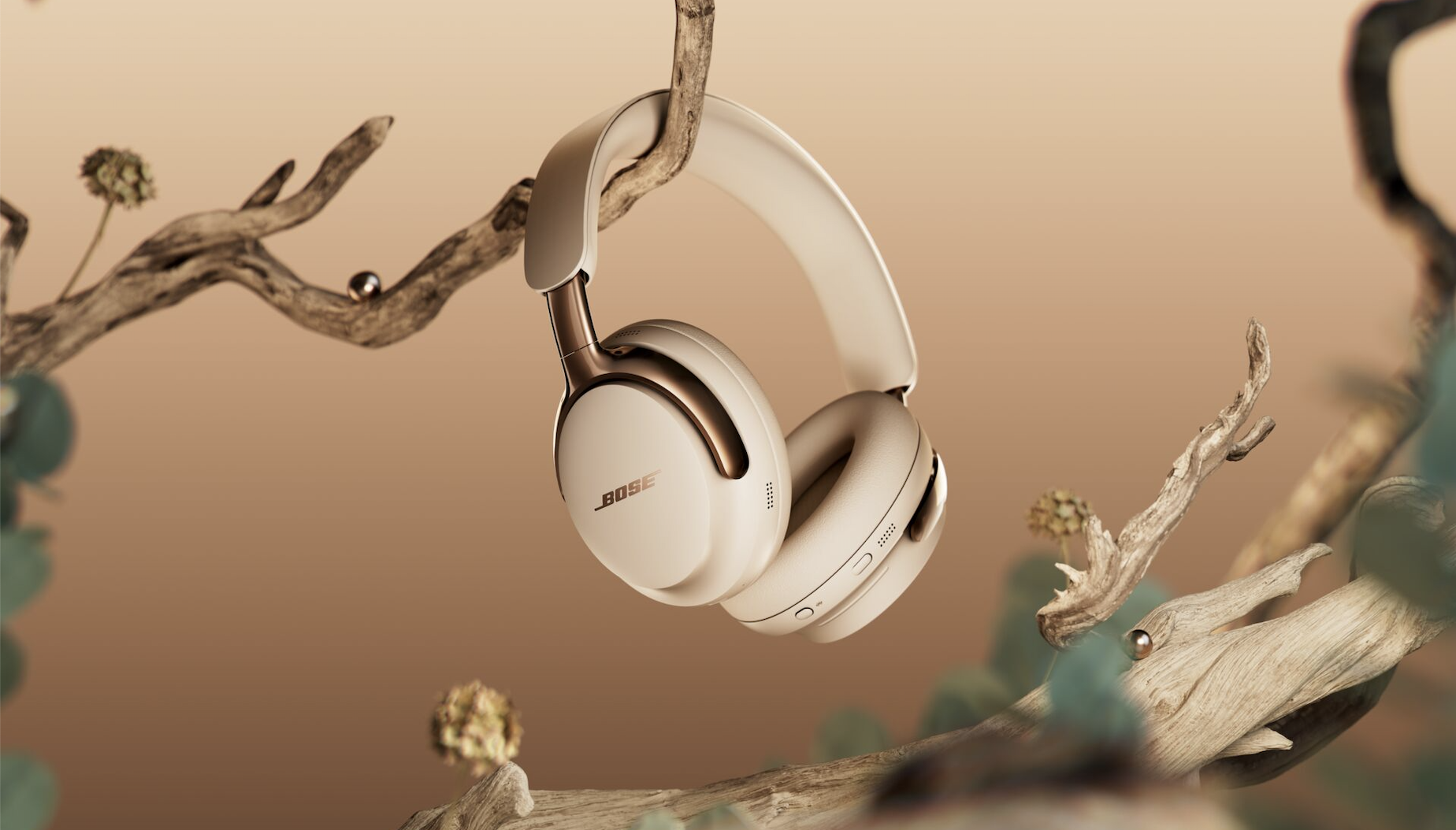
2. Noise cancelling – Bose QuietComfort Ultra Gen 2
Deciding on my pick for shutting out sound has been surprisingly tricky, mainly because so many brands now are getting astoundingly good at it. For example, I’ve never considered Sony to be synonymous with near-silent ANC but its recently released Sony WH-1000XM6 completely upturned my assumptions, with them deftly reducing din to an absolute minimum.
But, ultimately, if you want to bid sayonara to noise, you’ve gotta go Bose. While the original Bose QuietComfort Ultra were brilliant at blocking out background chatter, they couldn’t quite keep up with the newest cans on the block, like the XM6 above.
Well that’s no longer a concern: the brand new Bose QuietComfort Ultra Gen 2 have allowed the company to firmly replant its bottom on the noise cancelling throne. With even further refinement to their ANC algorithm, they’re capable of blocking even more high-end noise, which is, ironically, music to my ears. Coupled with improved battery, sound and a new Immersive Audio feature – spatial audio by any other name – they’re precisely the noise-nullifying cans my collection needs.
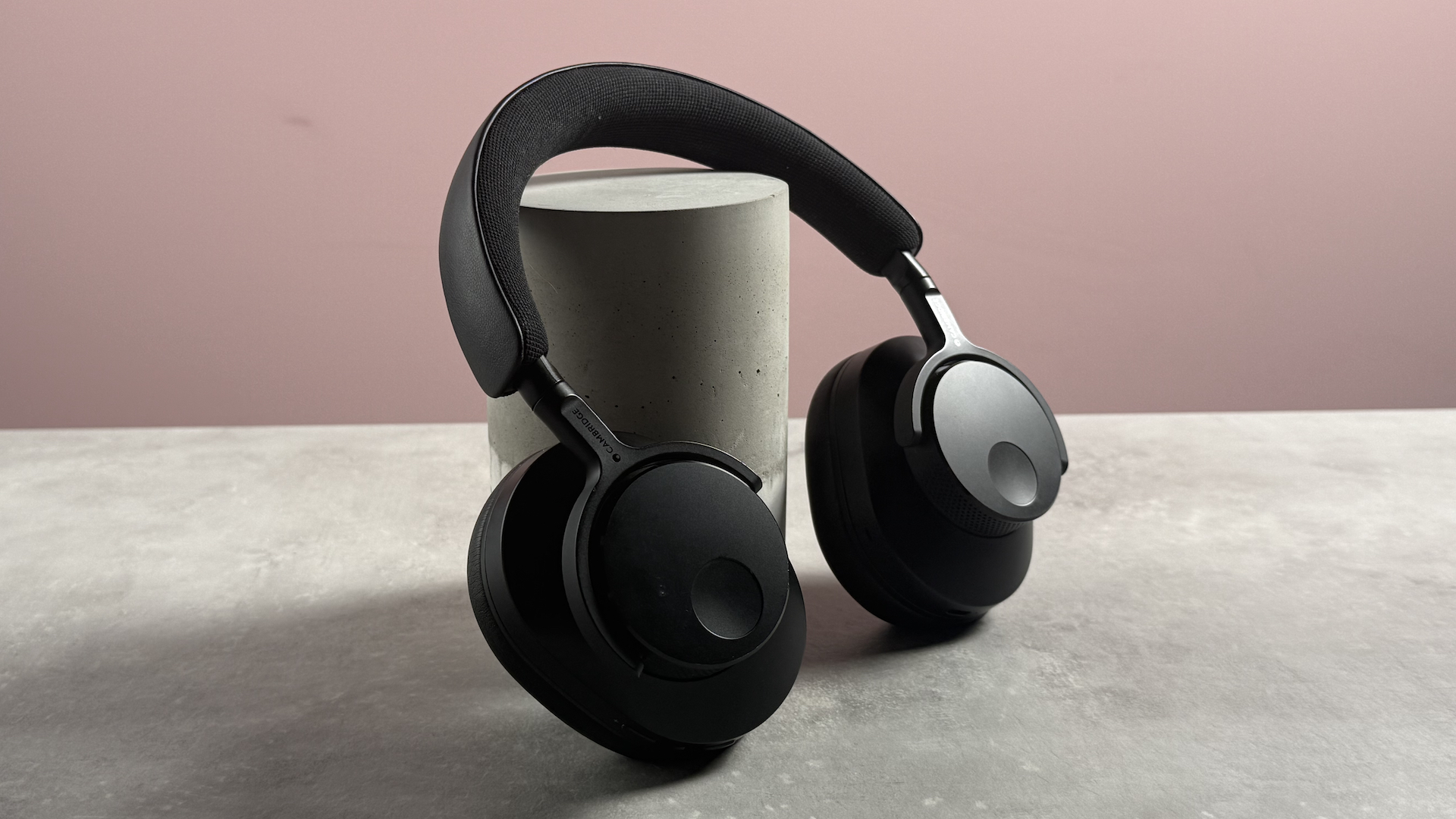
3. Battery life – Cambridge Audio Melomania P100
Generation upon generation, brands have improved almost every area of their cans in a steady evolution and yet one feature gets passed over again and again: battery life. Despite being three generations apart, the Sony WH-1000XM3 and WH-1000XM6 both last 30 hours with ANC, as do my Bowers & Wilkins Px7 S3 – and the S2 and OG Px7 before them. Battery life simply isn’t a priority for most brands.
I say most for a reason. That’s because Cambridge Audio has been steadily bucking this trend. Its Melomania M100 earbuds offer up to a combined 52 hours (including their case) when many buds still only top out at 24. Meanwhile, my Cambridge Audio Melomania P100 headphones offer a whopping 60 hours of playback with ANC on – essentially double what many other mainstream brands can muster.
That’s why the latter have become a must-have in my book. If I’m ever going on a long journey and I’m not sure how long my usual cans will last, knowing I have the Melomania P100 waiting in the wings gives me real peace of mind. And they’ve proven a lifesaver on more than one occasion: when you’re trying to sleep in a crowded festival campsite at 4am and noise-cancelling cans die, there’s nothing quite like realizing you have a backup pair in your bag.
Not only are the Cambridge Audio Melomania P100 always there for me when my regular headphones have long given up the ghost but the price you have to pay for this epic longevity is seriously reasonable in my book. They’re regularly discounted down to $239 / £149 these days, a significant step down from their original $279 / £250 list price. So if you ever find yourself needing a marathon runner over a sprinter, I heartily recommend these long-lasting cans.

4. Exercise – Sony LinkBuds Fit
OK, time to admit something that will already have been readily apparent to anyone paying even the remotest attention to everything I’ve written so far: I’m a headphones man. Increasingly, I prefer them to earbuds in almost every way – they offer better sound, better battery, better comfort, better noise cancelling.
But I’m not so far gone that I don’t recognize there are some areas where earbuds are the indisputable champ. For me, the most obvious is exercise. Over-ear headphones get too hot, flop around and aren’t sweat-proof. On top of that, if I’m wearing earbuds during benchpresses and I drop a dumbbell, I’ll only damage my nice cheap face, not my super-expensive headphones.
The only real issue here is that workout earbuds have a lot of style conventions I’m not particularly keen on. Frankly, I find earhooks ugly and unnecessary and while open-ear buds are probably better for my safety, I’m always going to opt for sound quality over situational awareness.
In light of this, the obvious choice for me is the Sony LinkBuds Fit. Their subtle wings offer a stable fit, while their tips are comfortable even during vigorous workouts. Most importantly, they offer dynamic, bass-rich sound, which is perfect for the kind of driving sound you want during a workout. Moreover, you can now get them from $116.14 (was $229.99) at Amazon US or from £109.60 (was £149) at Amazon UK, making them much easier to invest in even if you’ve already spent money on another pair for everyday listening.
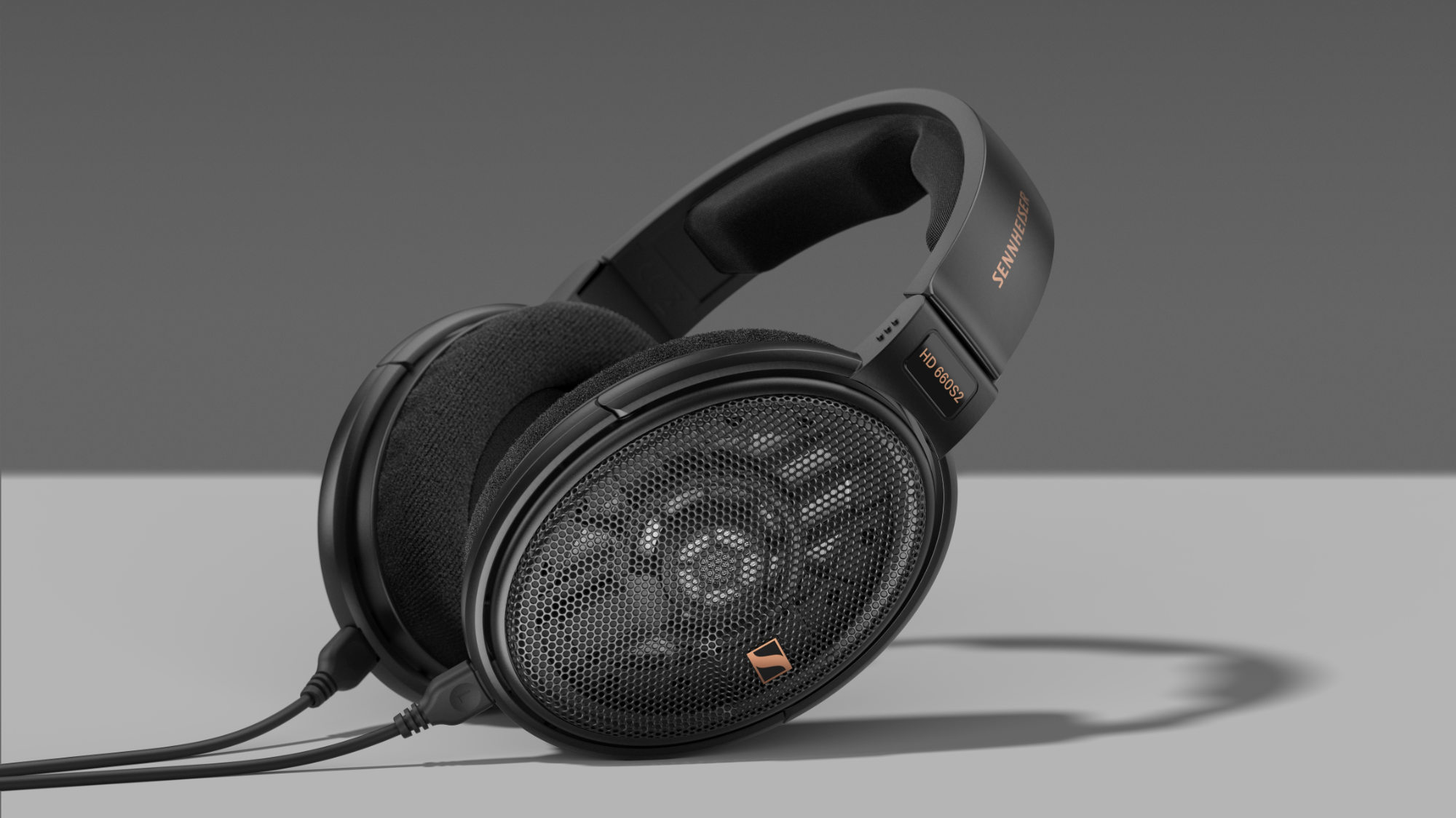
5. Home use – Sennheiser HD 660 S2
Home audio was the final nail in the coffin of the idea that I could meet all my needs with a single pair of headphones or earbuds. Don’t get me wrong. Many of the cans or buds above offer a gorgeous listening experience but I’m a music maker – I need studio-quality headphones that pass muster for music production and few wireless options can cut it.
Resolution is the most obvious hitch here. AirPlay 2 still doesn’t stream lossless audio to headphones and while aptX Adaptive and LDAC bill themselves as lossless, the reality is more complicated than that. These Bluetooth codecs are able to hit the same bitrate as CD-quality audio but still require compression to transmit the required amount of information, meaning you’ll still lose some of the detail of your audio files. Sure, some over-ears allow you to use a wired connection via USB-C but that doesn’t sidestep my second issue: sound profile.
These days, most mass market pairs of headphones are specifically toned to produce a specific sound signature – hence all the great pairs out there with punchy, dynamic bass. But when you’re trying to get an accurate sense of what a piece of music sounds like, this quickly becomes a hindrance, as it’s hard to ascertain whether it’s the peculiarities of a particular recording or the profile of the headphones. That’s why neutrality is so important here.
While there are countless examples of the best wired headphones that fit the bill here – including the truly exquisite yet eye-wateringly expensive Focal Stellia – I only really have ears for one pair. The Sennheiser HD-660S2 offer the exact kind of balanced sound that makes them perfect for home use, while their open-backed design offers better clarity and dynamics. Whether it’s for music-making or kicking back into an armchair and listening to records, they’re my dream headphones for home use.
Literally the only thing preventing me from clicking Add to Cart right now is they’ve previously been on sale for a much lower price – $372.21 compared to $479 at Amazon US or £354 compared to £399 at Amazon UK. Fortunately, with Amazon Big Deal Days looming on October 7 - 8, 2025, I’m crossing my fingers that they’ll finally receive another sweeping discount.
You may also like
- My AirPods Max broke so I switched to headphones that are half the price – and actually, I wouldn’t go back
- Bose QuietComfort Ultra Headphones 2nd Gen land, boasting even better ANC, USB-C audio and a much-needed battery bump
- Sony WH-1000XM6 vs Bowers & Wilkins Px7 S3: what I learned while testing 2025's best premium wireless headphones

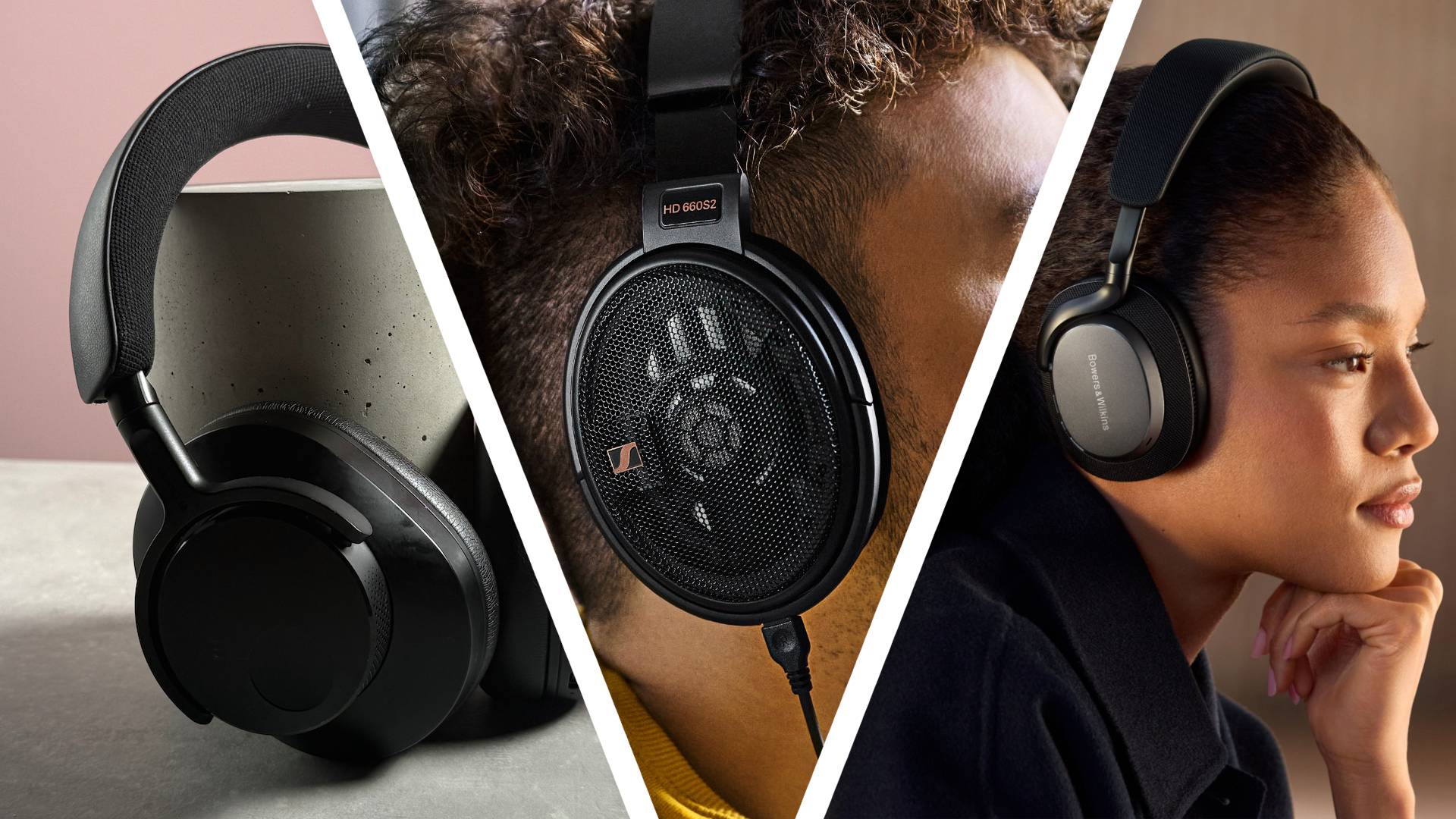








 English (US) ·
English (US) ·